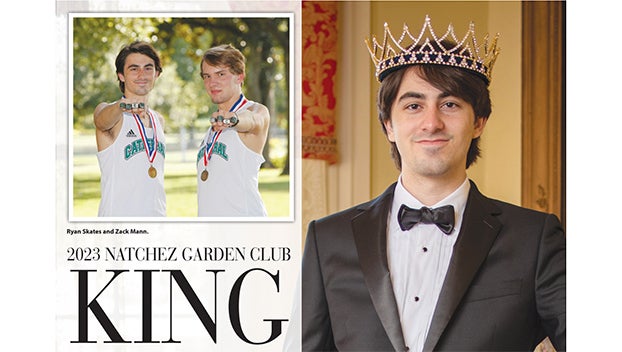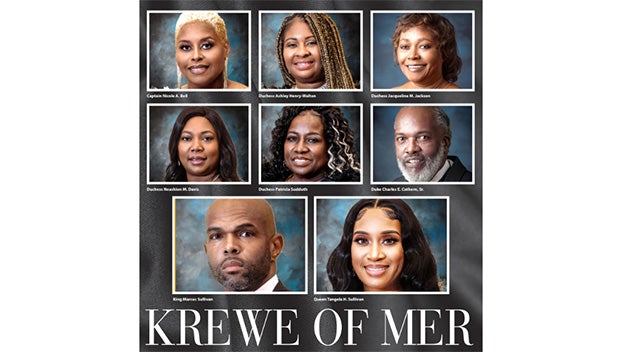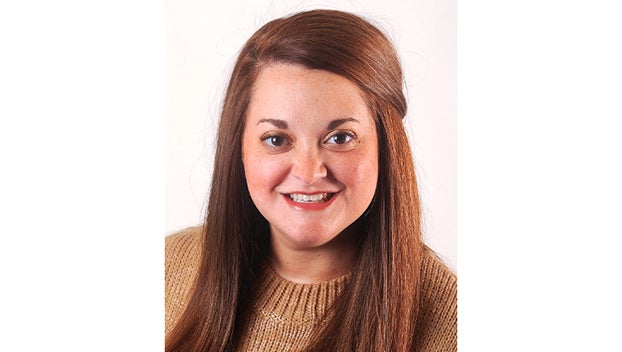Help the birds this winter
Published 12:02 am Sunday, January 5, 2014
Birds need our help the most in the winter and early spring when fewer of their natural sources of food are available. When purchasing feed, avoid inexpensive mixtures. Most birds will not eat filler like red millet and oats. Wasted seed provides an environment for the growth of bacteria and mold that can harm birds.
Black-oil sunflower seeds are high in fat and therefore a good source of energy. Suet cakes are also a good choice and are readily available along with the feeders to put them in.
When choosing a location for your bird feeder, make sure it is out of the wind. Place it about 12 feet from an evergreen tree or other brush. From that distance, predators cannot use the brush to hide within striking distance of the feeder and the birds can quickly fly 12 feet to reach safety if necessary.
When summer comes, take a break from feeding (with the exception of hummingbirds and goldfinches). Birds are nesting and rearing their young, and they are focusing more on insects as a food source. Also, it is important for young birds to learn how to find naturally occurring foods.
Now, let’s think ahead to creating a natural habitat for the birds next winter. You may need to do some planting this spring. Birds like layers with a variety of plants, trees and shrubs. They thrive on a variety of small seeds, berries, nuts and fruits. They also thrive on insects so it is best to keep pesticide use to a minimum. Native plants are preferable because they need less water and maintenance and are more adaptable to our local soil types. They generally don’t require fertilizer and pesticides and are more resistant to diseases.
Small to medium trees to consider are black cherry, dogwood, cherry laurel, persimmon and a variety of hollies. Dogwood is said to attract 28 species of birds. Preferable shrubs include American beautyberry, blueberry, elderberry and huckleberry. In keeping with providing a variety of plants, consider the following vines; coral honeysuckle, cross vine, trumpet vine and Virginia creeper. Common perennials to add for birds as well as butterflies include bee balm, black-eyed Susan, butterfly ginger, lantana, pentas, purple cornflower and salvia.
Finally, don’t forget water. Water sources are more scarce in the winter so provide a bird bath with fresh water.
New Master Gardener classes are forming now. The classes are on Tuesday and Thursday afternoons beginning Feb. 11. A $95 fee covers all course materials and refreshments. For additional information call the Adams County Extension Office at 601-445-8201.
Karen O’Neal is an Adams County Master Gardener.





